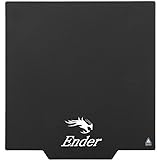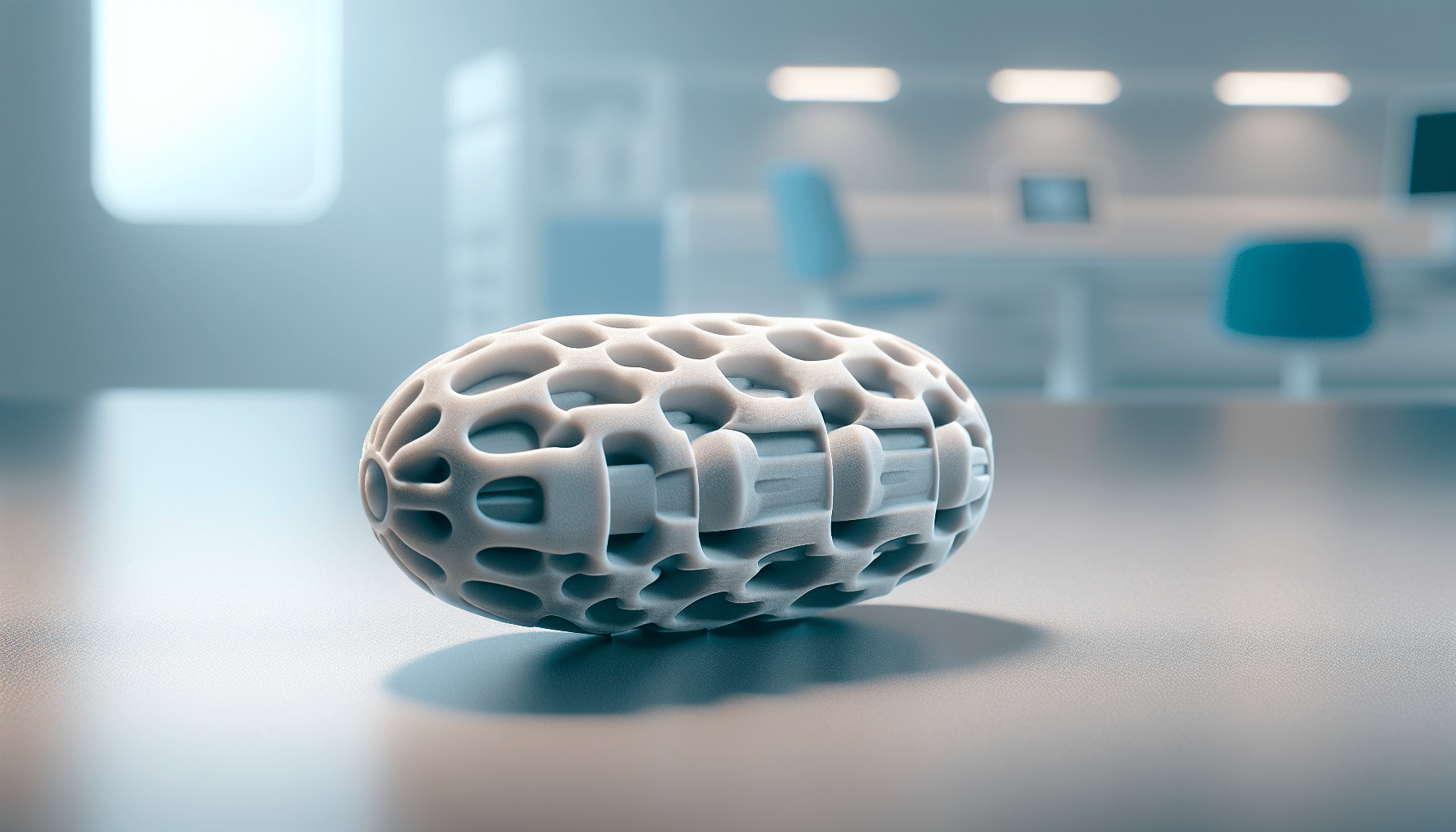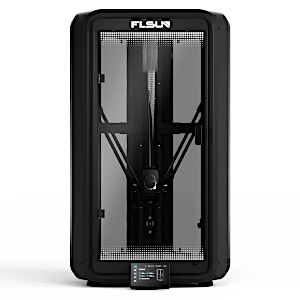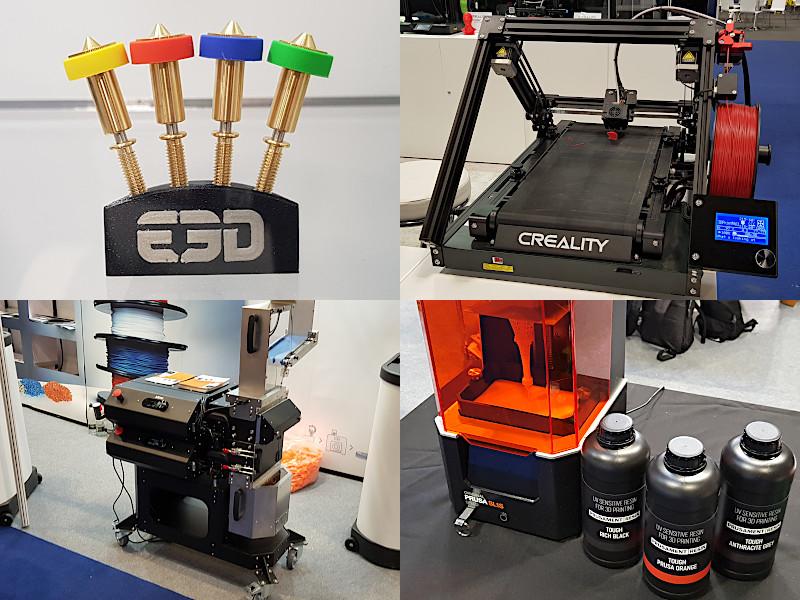Creality 3D Printer, K1 SE Fully Assembled Auto Leveling FDM 3D Printers for Kids and Beginners, 600mm/s Max High-Speed Printing, Core XY All Metal Structure, Larger Print Size 250x220x220mm
$279.00 (as of June 18, 2025 23:32 GMT +00:00 - More infoProduct prices and availability are accurate as of the date/time indicated and are subject to change. Any price and availability information displayed on [relevant Amazon Site(s), as applicable] at the time of purchase will apply to the purchase of this product.)In the world of film, 3D printing has become a revolutionary tool that has captured the attention of Hollywood’s biggest names. From creating intricate costumes to designing iconic props, 3D printing has allowed filmmakers to bring their visions to life in ways that were previously unimaginable. In this article, we will explore six instances where 3D printing made its mark on the silver screen, with a particular focus on its role in enhancing the costumes in the blockbuster film, Black Panther. By combining traditional African dress with cutting-edge technology, the costume designers were able to create fantastical pieces that brought the rich world of Wakanda to life. Let us delve into the fascinating world of 3D printing and its impact on the world of cinema.
Black Panther
In the blockbuster film “Black Panther,” 3D printing played a crucial role in creating fantastical costume pieces. The costume designers drew inspiration from the colors and shapes of traditional African dress, which they combined with the futuristic aesthetics of Wakanda, the advanced nation in the Black Panther world. Traditional techniques alone would have made it incredibly difficult to bring these intricate and complex designs to life. However, with the help of 3D printing, the team was able to achieve the desired look with much greater ease and efficiency.
One standout example of 3D printing in “Black Panther” is Queen Ramonda’s crown. To create this piece, the head of costume design, Ruth E. Carter, collaborated with Julia Koerner, an Austrian architect renowned for her work in 3D printing. Julia tailored the crown specifically for Angela Bassett, the actress playing Queen Ramonda, using the traditional wear of married Zulu women as inspiration. The result was a stunning blend of traditional and futuristic design elements. Materialise, a 3D printing company, proudly printed the crown in-house, showcasing the power and versatility of 3D printing technology.
Coraline
In the stop-motion film “Coraline,” 3D printing broke new ground in the world of animated movies. Unlike traditional stop-motion techniques that rely on puppet or clay figurines, the team at Portland-based LAIKA studio turned to 3D printing to create 6,333 unique faces for the characters. This innovative approach allowed for a wide range of expressions, with the various combinations of faces resulting in a staggering 207,000 possible expressions. The team worked diligently to maintain a handmade vibe, ensuring that the final product didn’t look too “computery.” Their hard work and pioneering use of rapid prototyping were recognized with an Academy Plaque, one of the highest honors in the film industry.
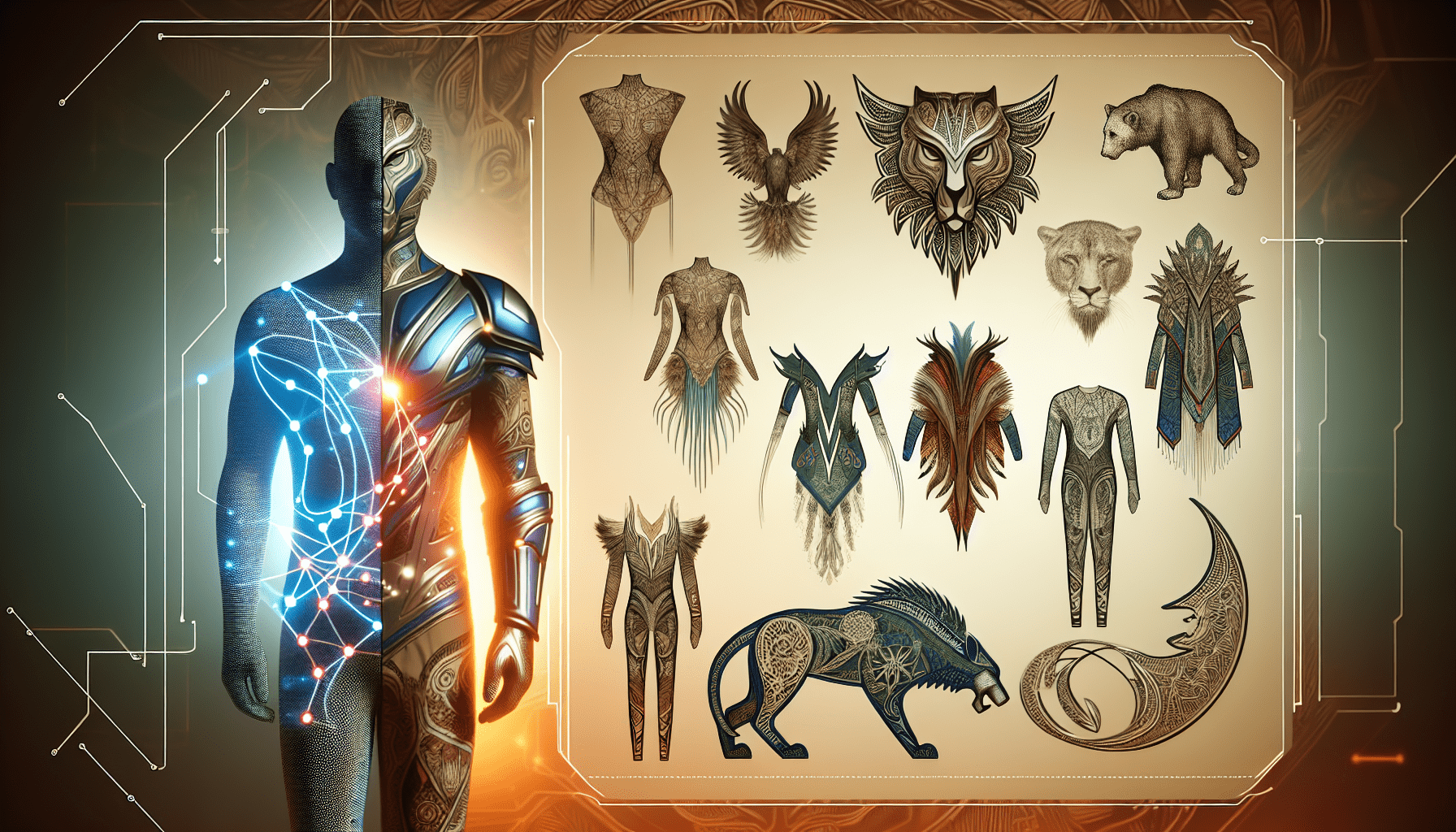
$30 off $400+ Anycubic Products with code AC30OFF
Thor
When it came to creating the iconic hammer wielded by Thor, the production designers of the Marvel blockbuster turned to 3D printing for its versatility and efficiency. Prop Shop, a UK-based prop manufacturer, relied almost exclusively on 3D printing to bring multiple versions of Thor’s hammer to life. By scanning and modeling the hammer, they were able to 3D print lighter versions for combat scenes, making it easier for the actor to handle. Meanwhile, the hammer used in other scenes was made from a heavier material, adding a sense of weight and realism. The exclusive use of 3D printing by Prop Shop demonstrates the trust and confidence filmmakers have in this technology.
Deadpool
In the 2016 film “Deadpool,” 3D printing played a crucial role in creating the lead character’s iconic mask. Designed to be skintight yet comfortable for long periods of wear, the mask needed to convey emotion and expression despite being static. To achieve this, the designers digitally scanned Ryan Reynolds’ face, sculpted clay on top of it, and then scanned the resulting shape for 3D printing. The final version of the mask featured exchangeable eyepieces, allowing for different sizes to be used during specific stunts. This level of customization and flexibility was made possible through the use of 3D printing technology.

Zero Dark Thirty
In the film “Zero Dark Thirty,” costume designers faced the challenge of sourcing and securing military equipment for filming, including a pair of night vision goggles worth $60,000. When the US Department of Defense declined their request to borrow the goggles, the team turned to 3D printing to create an accurate replica in aluminum. This demonstrates the versatility and cost-effectiveness of 3D printing for creating props that would otherwise be expensive or challenging to acquire. Additionally, 3D printing was utilized for creating props used in explosion scenes, such as the military helicopter’s rotor and landing gear, which needed to be filmed multiple times and ultimately destroyed.
Iron Man
The Californian special effects studio Legacy Effects has embraced 3D printing as a valuable tool in their costume design process, particularly for superhero films like “Iron Man.” In the case of Robert Downey Jr.’s iconic Iron Man costume, Legacy Effects used 3D printing to create life-sized plates for the actor. By using the same digital files, they were also able to create miniature models of the costume for light tests before filming. This approach allowed them to identify and address potential issues before reaching the set, saving time and resources. The efficiency of 3D printing enabled Legacy Effects to create 26 Iron Man suits in the same timeframe it would have taken to sculpt just one suit from clay. This level of speed and precision highlights the advantages of 3D printing in mass production for film costumes.
3D Printing in Hollywood
The use of 3D printing in the film industry has been steadily increasing, revolutionizing both costume design and special effects applications. As technology continues to advance, filmmakers are harnessing the power of 3D printing to push the boundaries of creativity and realism. Whether it’s creating intricate costumes, props, or even entire sets, 3D printing offers unique advantages that traditional methods struggle to match.
Advantages of 3D Printing
One of the key advantages of 3D printing in film production is its ability to save time. Traditional methods often involve lengthy and labor-intensive processes, from sculpting to mold-making. With 3D printing, complex shapes and designs can be created quickly and accurately, drastically reducing production time and allowing for greater flexibility in design iterations.
Another advantage of 3D printing is its ability to create intricate and detailed designs that would be challenging or impossible to achieve with traditional manufacturing methods. The layer-by-layer additive process of 3D printing allows for the creation of complex geometries and fine details that would have been painstaking to produce manually. This opens up new possibilities for filmmakers to bring their creative visions to life with unparalleled precision and realism.
Furthermore, 3D printing offers the opportunity for customization on an individual level. By scanning actors’ faces or bodies and using those digital models for 3D printing, costumes and props can be tailored precisely to fit each actor, enhancing comfort and performance. This level of customization ensures that actors feel comfortable and confident in their costumes, leading to more authentic performances.
Future of 3D Printing in Costumes
As the film industry continues to embrace 3D printing, we can expect its integration in costume design to become even more prevalent. Advancements in materials and printing techniques will further expand the possibilities for creating truly immersive and visually stunning costumes. Filmmakers will have the opportunity to explore new ideas and push the boundaries of what is possible in costume design.
Additionally, the use of 3D printing opens up opportunities for collaboration between designers, architects, engineers, and other experts. By combining their expertise, these professionals can create truly groundbreaking costumes that merge art, technology, and functionality seamlessly.
Conclusion
The use of 3D printing in enhancing costumes has had a profound impact on the film industry. Films like “Black Panther” and others mentioned in this article have proven that 3D printing offers a unique set of advantages for costume design and special effects. From creating intricate and complex designs to providing customization for individual actors, 3D printing has revolutionized the way costumes are brought to life on the silver screen.
As technology continues to advance, the future of 3D printing in costumes looks promising. The integration of 3D printing will likely become even more widespread, with filmmakers exploring new materials, techniques, and collaborations to pioneer innovative approaches to costume design. The potential for further innovation and creativity in the film industry is vast, and 3D printing will undoubtedly play a crucial role in shaping the future of costume design.
Buy Photon Mono M5 Get Free 1KG Resin

